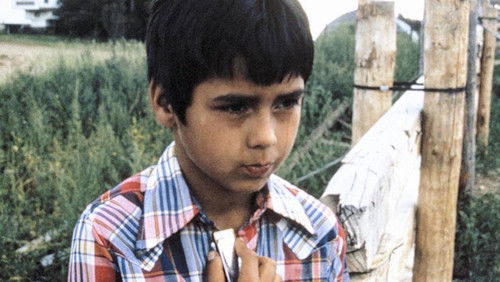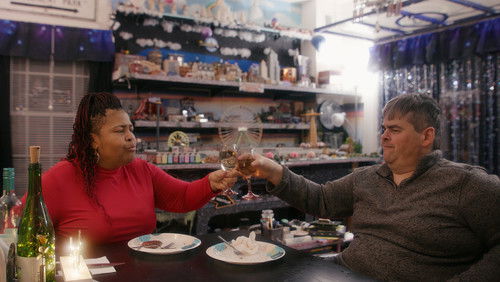The Iron Ministry (2014)
62KThe Iron Ministry: Directed by J.P. Sniadecki. Filmed over three years on what will soon be the world’s largest railway network, ‘The Iron Ministry’ traces the vast interiors of a country on the move: flesh and metal, clangs and squeals, light and dark, language and gesture.
“I saw this at the Rotterdam film festival 2015 (IFFR). Though I usually avoid documentaries, this one looked different when reading the festival website. And indeed it was different! Unbelievable how this 1-man film crew succeeded in producing a very interesting insight in not only the Chinese railways but also in the people living there. It is a country with people we know not so much about. What is so special about this film is that it not only shows various types of trains and passengers, but also witness conversations with passengers about politics and religion. Iu0026#39;m not sure it is deliberate by design, but we see a trend from overcrowded and messy local trains, gradually upgrading towards the ultra modern high-speed trains that China has in growing numbers.u003cbr/u003eu003cbr/u003eThe local trains seem overcrowded with people and their luggage, many people standing or sitting on the ground. These trains look rather old, seemingly overdue for decommissioning. We see meat being dissected in the open, we see large amounts of fruits and vegetables being boarded, apparently people heading for the market to sell their wares. We see everyone finding their place somewhere. All of them are very cooperative and move aside when the need arises, without the protests, comments and short-fused tempers usual in the country where I live.u003cbr/u003eu003cbr/u003eLater on, we see trains that are less retarded, carrying people obviously prepared for a long journey, sleeping in uncomfortable positions, and displaying a variety of food and drinks for underway. Also sleeper coaches are included, enforcing the idea that these are long distance trains. In the end we move on to the other end of the train spectrum. We see the insides of very modern trains, apparently high speed ones (a display above the compartment door shows 306 km/h), much less crowded and much quieter.u003cbr/u003eu003cbr/u003eThis film offers much more than showcasing the variety of trains in use within China. A very nice feature of this film is that passengers and personnel are followed and interviewed along the ride. The tone of the interviews is very open, mostly optimistic, showing trust in the nationu0026#39;s policy and stating that China is one nation and should stay one nation. Also some Muslims are interviewed, bringing the conversation to mosques (or lack thereof) and freedom of religion, the latter seems a non-issue and is discussed in a much more relaxed way than I had assumed beforehand. In other interviews we observe some critical remarks, however, about house prices and the impossibility to rent an apartment, the latter being occupied by people with u0026quot;connectionsu0026quot;. The house prices are indirectly responsible, so it seems, for the average late age to get married, combined with dominant role of mothers in law when matrimony is concerned. All in all, a very informative insight in how Chinese people live and think.u003cbr/u003eu003cbr/u003eAll in all, even when trains as transport vehicles cannot interest you, this still is a u0026quot;must seeu0026quot; documentary. It is very interesting to watch, and provides for an inside view in a country and people of which we really donu0026#39;t know very much. The tone is not critical, however, and mostly satisfied with the current state of the nation and its politics.”









